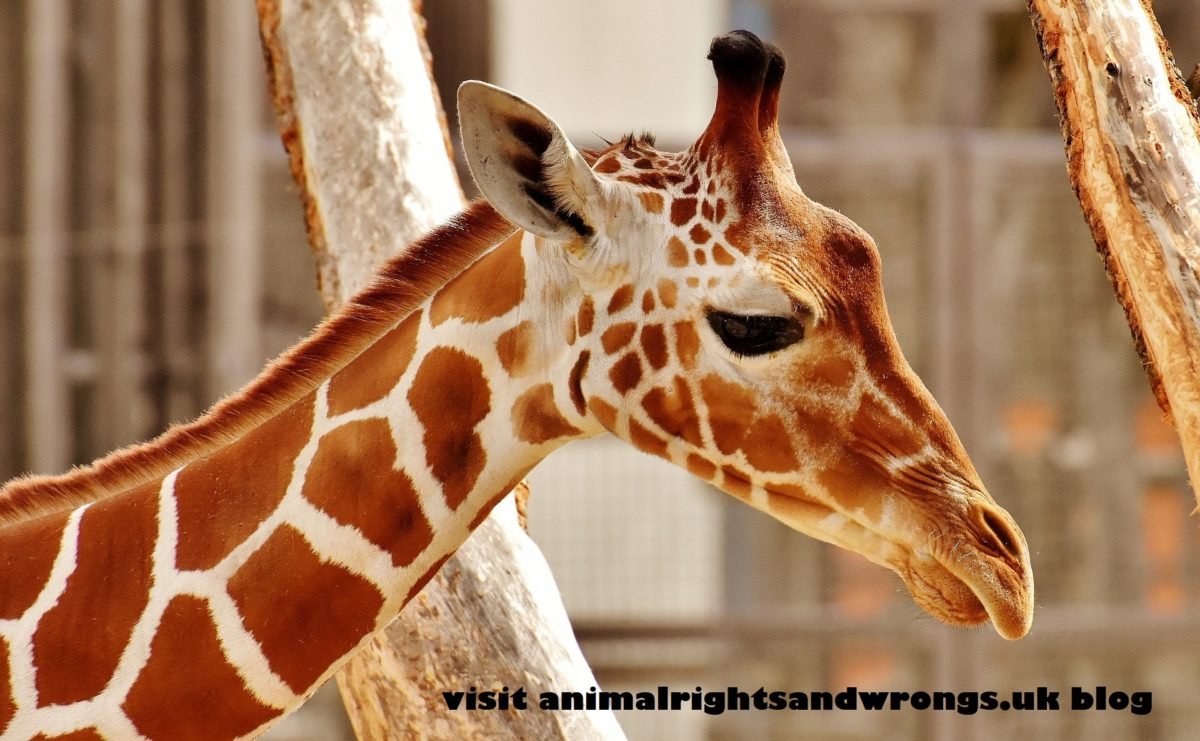-
What is Zoonasia?

We seem to have little knowledge or understanding of the secret world of ‘disposal of genetic surplus’ or in layman’s terms – the euthanasia of zoo animals not suitable for breeding in the opinion of science. The declared dogma of most reputable zoos is that of a scientific and research emphasis based on doing everything…
-
The animal compassion test.
Be honest: which of these two photographs arouses more or all of your compassion. Both photographs are of overcrowded animals heading for slaughter to be eaten for their meat. As genuine ‘animal lovers’ we should have an equal reaction to both photographs, but most of us will be more concerned at the plight of the…